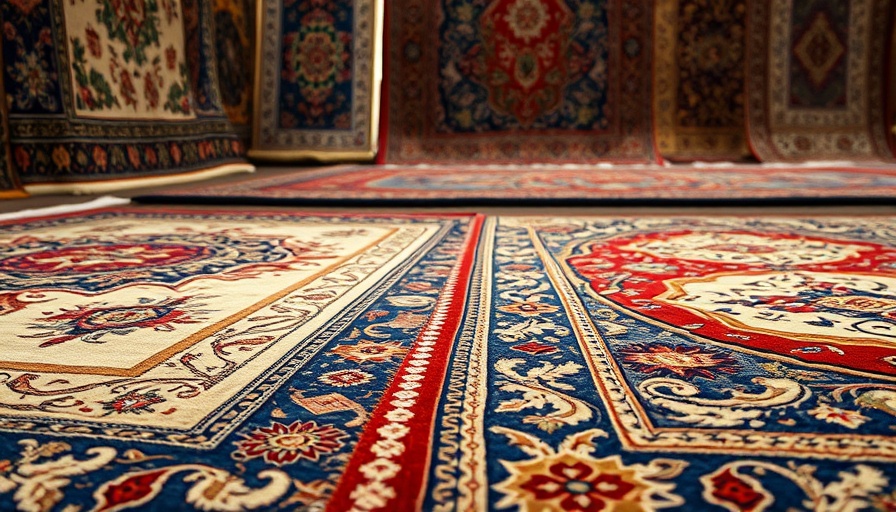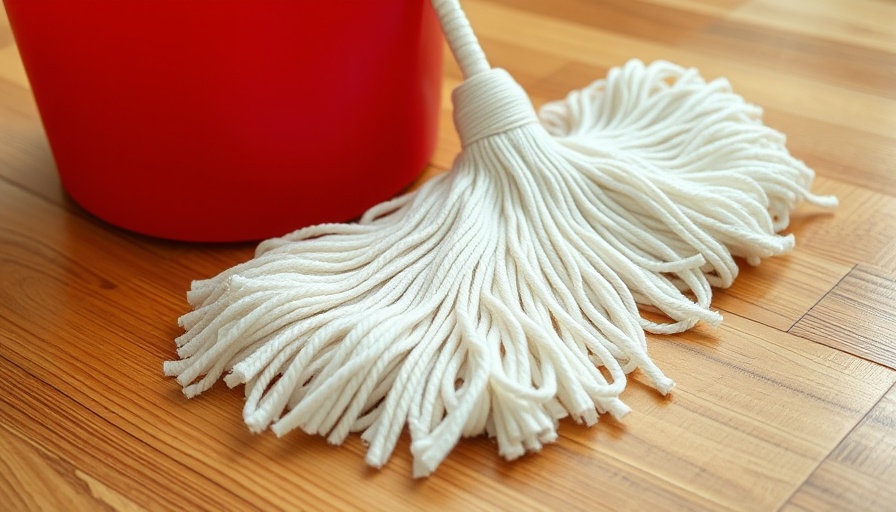
Unlock the Secrets to Safely Clean Your Silk Rug
Silk rugs are often cherished for their beauty and elegance, becoming focal points in our homes. But what happens when these luxurious pieces gather dust, stains, or spills? Cleaning a silk rug may seem daunting, but with the right techniques and ingredients, it can be done safely and effectively. Let’s explore the best methods and hacks to ensure your silk rug retains its luster for years to come.
Understanding the Delicacy of Silk
Silk is a delicate fabric that requires gentle care. Unlike more robust materials, silk can easily be damaged by harsh chemicals or aggressive cleaning techniques. Therefore, understanding its fragility is essential before diving into cleaning methods. Traditional soaps and cleaning agents can strip the natural oils from the fibers, resulting in a dull appearance. By opting for natural cleaning solutions, like baking soda and vinegar, you can maintain the integrity of your silk rug while still achieving that fresh, clean look.
Your Essential Silk Rug Cleaning Kit
Before beginning the cleaning process, gather these simple but effective tools:
- Baking soda
- White vinegar
- Soft broom
- High-quality vacuum cleaner
- Clean, dry cloths
- Club soda (optional for tough stains)
Having these items on hand will prepare you to tackle any spills or stains that might occur.
Step-by-Step Cleaning Guide for Your Silk Rug
Let’s break down the process to ensure your rug gets the care it needs:
- Gentle Brooming: Start with a soft broom to clear dust and debris from the surface. Gentle is key here; harsh brushing can cause damage to the delicate fibers.
- Vacuuming: A vacuum cleaner specifically designed for soft rugs is your best friend. Vacuum carefully to capture hidden dirt without disturbing the rug's fiber. Avoid using any steam or heavy-duty vacuum cleaners as these can harm silk.
- Baking Soda Treatment: If there are stubborn stains, sprinkle baking soda over the affected area and let it sit for about 15 minutes. This natural deodorizer works wonders on many spills.
- The Vinegar Solution: Prepare a simple solution using equal parts of water and white vinegar. Dampen a cloth with this mixture and gently dab at the stains. Vinegar not only cleans but also helps to lift stubborn spots.
- Dry Cleaning: After applying your cleaning solutions, use a clean, dry cloth to pick up any remaining debris or moisture. The goal here is to eliminate any dampness to prevent the risk of mildew or other complications.
By following these steps, you’ll ensure your silk rug remains clean and well-maintained without incurring the hefty costs of professional cleaners.
Preventative Measures You Can Take
A little effort in preventative care can go a long way in extending the life of your silk rug. Consider these tips:
- Location: Keep silk rugs in low-traffic areas to minimize wear and tear.
- Regular Maintenance: A bi-weekly brooming and vacuuming routine can keep dust at bay.
- Stain Removal: Address spills immediately with simple solutions to avoid long-term damage.
Taking these actions helps create a safe environment for your silk rug.
Final Thoughts on Keeping Your Silk Rug Pristine
Caring for your silk rug doesn’t have to be an overwhelming task filled with complicated procedures. By using basic natural products and gentle techniques, you can perform routine cleanings while preserving the rug’s color and texture. Remember, every little effort contributes to the beauty of your cherished rug, helping it to continue catching the eyes of your guests year after year.
If you’re committed to maintaining your home’s elegance and functionality, follow these practical steps, and don’t hesitate to adopt additional cleaning hacks suited for all types of rugs.
 Add Row
Add Row  Add
Add 




Write A Comment